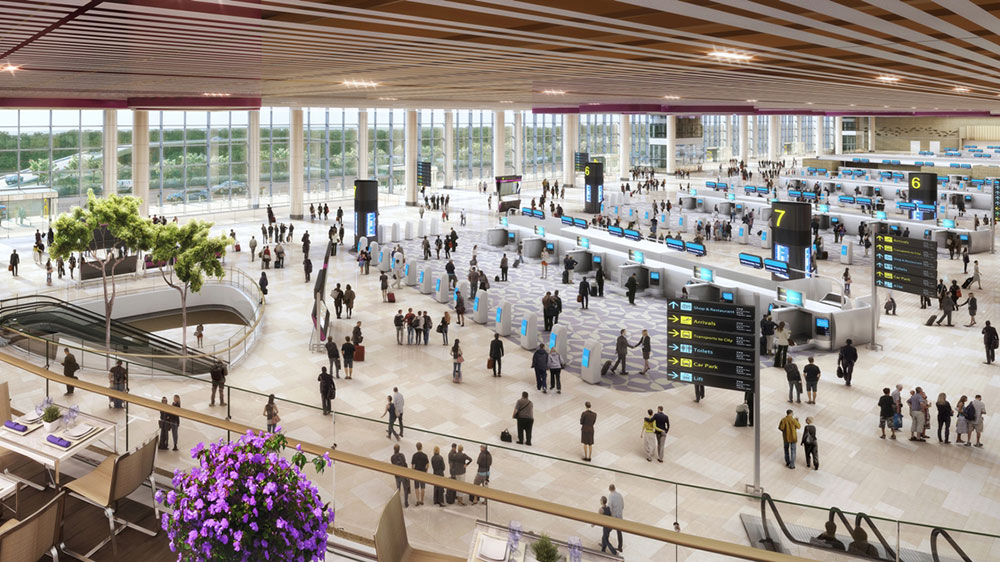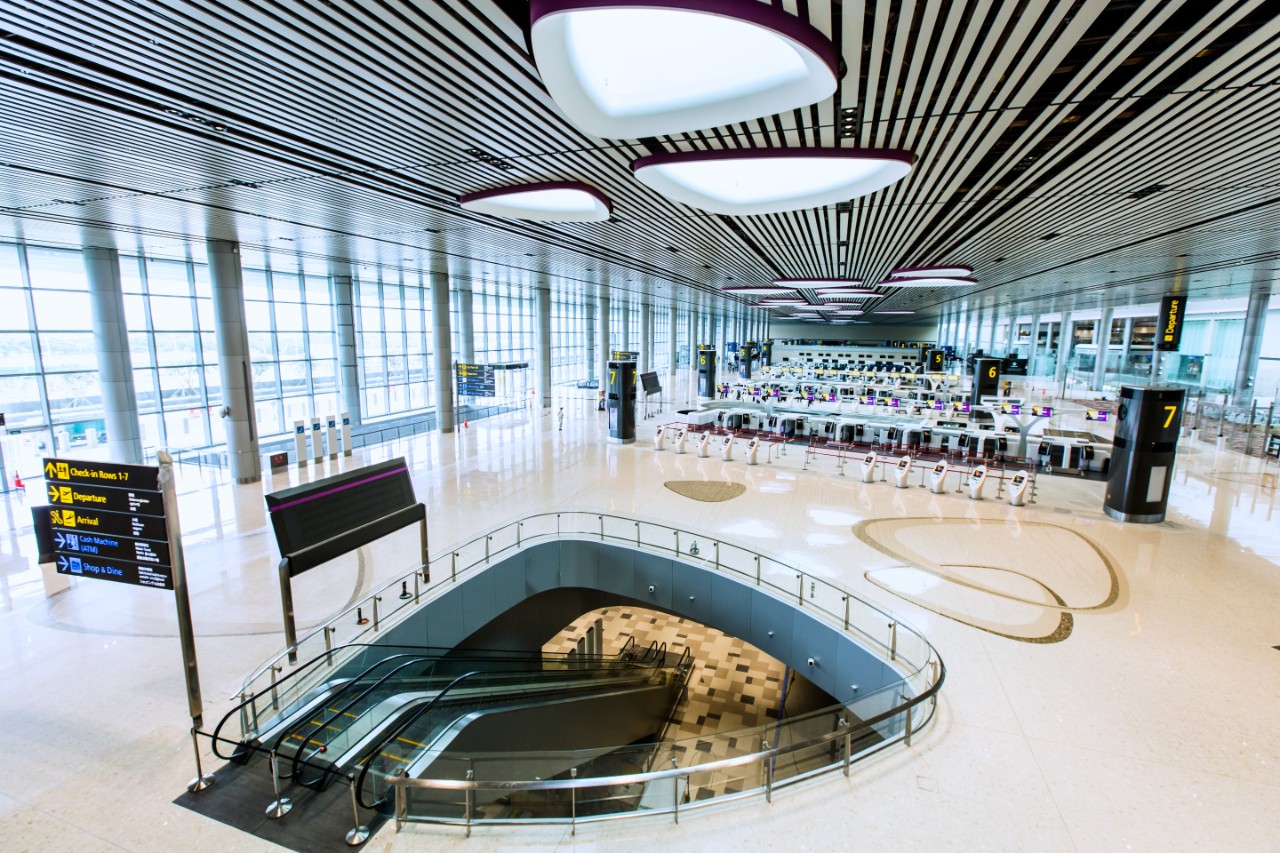Sustainable growth in the age of artificial intelligence
Allow me to posit that travel is truly one of the first non-necessary activities that we humans indulged in – after all, there was no pressing need for our ancestors to venture beyond the comforts of home and hearth and potentially embrace hardship and danger while seeking out uncharted seas and lands. As such, travel is a fundamental expression of human curiosity and as enablers of billions of journeys each year, Amadeus is uniquely positioned to shape the future of travel in many ways.
One of those ways is enabling the increasing growth in world-wide travel in a sustainable and responsible way. Lucas Bobes and I recently attended the World Economic Forum’s (WEF) Sustainable Development Impact Summit in New York. The WEF engages leading political, business and civic leaders to promote private-public cooperation to look for various actionable ways to improve the state of the world. The participants leading these discussions were quite impressive, including prime ministers and presidents of countries around the world, business leaders of major global corporations, and thought leaders in civic life.
Sustainability is increasingly becoming a core objective for businesses and countries today. Former Vice President of the United States, Al Gore, and Governor Jerry Brown of California, both in their intellectually provocative styles were arguably the most articulate speakers to underscore the point that while climate change is a continuing concern, the bigger challenge now seems to have shifted (once again) to uniting the world to fight climate change. As another speaker put it, “we know how to reduce emissions, but we are simply not doing it”.
However, much of the discussion around sustainability this year was also around how technology is both going to drive sustainable development, but can also widen the arc of inequality if we are not careful. Marc Benioff, CEO of SalesForce was a vocal proponent in making sure that while the technology industry rapidly adopts Artificial Intelligence (AI), we are also simultaneously addressing issues that may arise with the concentration of power in countries that lead development of AI or the societal impacts by the potential loss of several jobs for humans. Emerging AI techniques applied to food production, healthcare or education can allow citizens to live better but can also drive a “crisis of equality” if the benefits accrue to a narrow section of society.
The emergence of Blockchain and Digital Identity were other topics discussed that are very relevant to travel. We at Amadeus are leading the adoption of several of these advances in technologies for the travel industry. Our recently launched paper discusses the application of blockchain, and we are implementing several AI methodologies across the spectrum, from developing intelligent chatbots to improving our core algorithms and running more efficient operations.
Amadeus has just celebrated its 30th birthday and sustainable development has always been a core operating philosophy through the years. We practice the basics of environmental sustainability, like continuously reducing power consumption in our offices across 190+ countries, and efficiently managing power consumption in our world-class data center infrastructures. Our technology also helps our customers to do the same – as an example, our flight management software can help airlines reduce taxi times and optimize fuel consumption needed for flight plans, thus reducing their carbon footprint.
We measure and benchmark our sustainability practices, and this year, for the sixth year in a row Amadeus has been included in the Dow Jones Sustainability Index for the World and for Europe. Sustainable development is a goal for the World Economic Forum and the United Nations, and sustainable profitable growth is also the guiding principle of how we continue to deliver value to our investors and customers.
source : https://tinyurl.com/y7m6noyk



 Making travel more inclusive
Making travel more inclusive